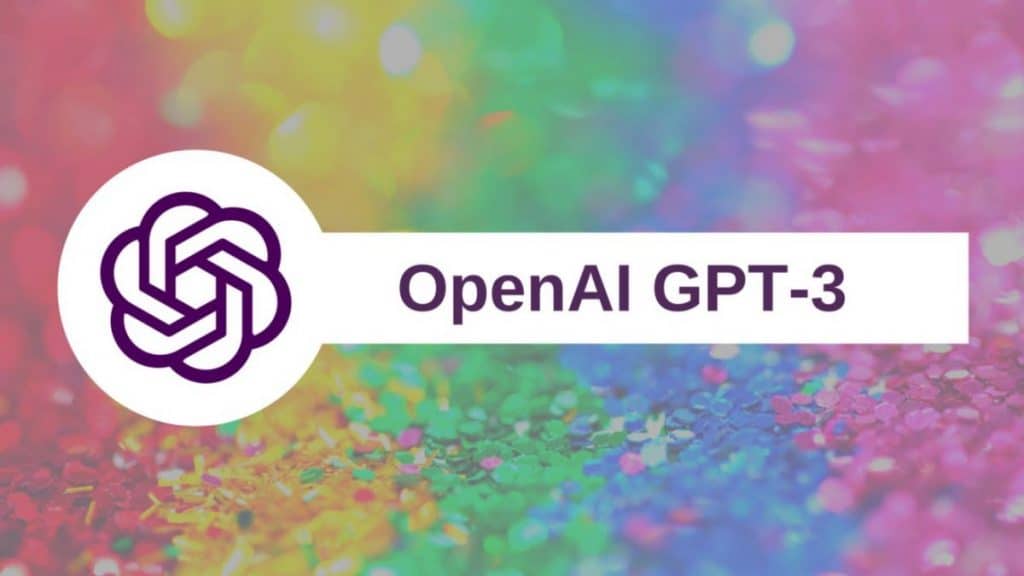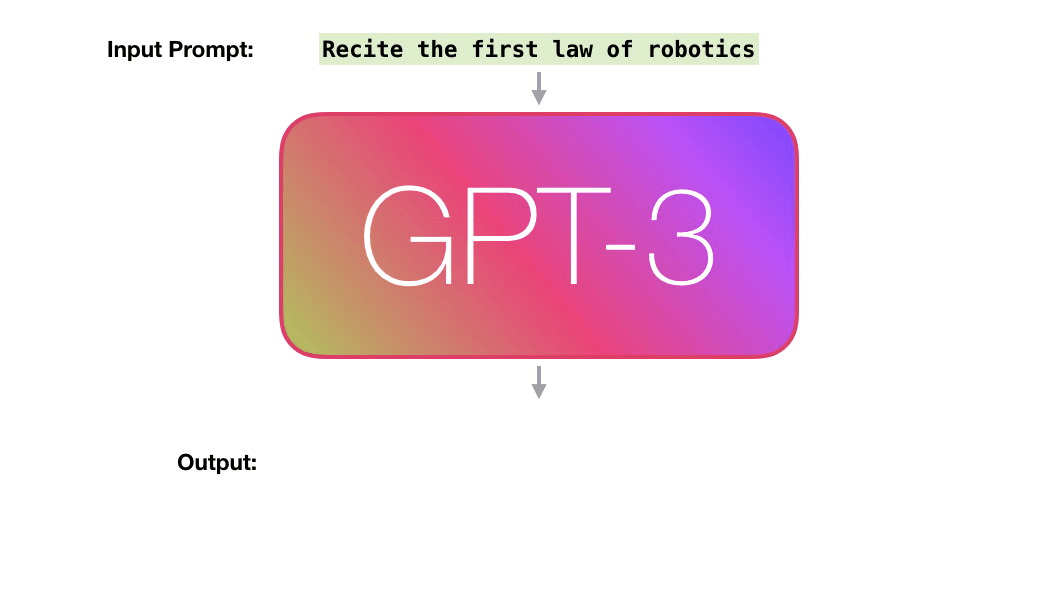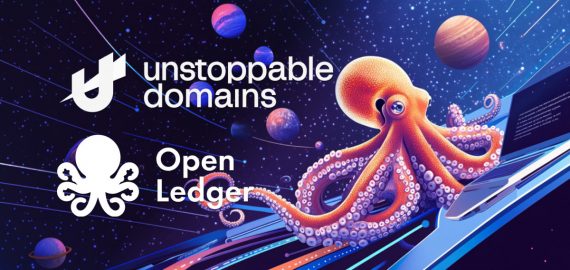GPT-3


What is GPT-3?
GPT-3 is basically a language model that can process and produce text just like a normal person would do it. The technology is accessible as an API and was created by the AI research group – OpenAI. As you can see GPT can be interpreted as a Generative Pre-trained Transformer, where the term “training” means huge set of text data that the model studied in order to acquire knowledge of human language. While being created, GPT-3 processed billions of words to gain proficiency in comprehending human language, word meanings, and producing normal texts, that we would understand, on its own. Moreover, GPT-3 doesn’t only speak English, it can operate with the hundreds.
Understanding of GPT-3
What language models does GPT-3 use?
Language models are statistical instruments that forecast next words in a sentence. Stated differently, language models are probability distributions over a word sequence. Language models have a wide range of options, including:
- Part of Speech Tagging
- Machine Translation
- Text Classification
- Speech Recognition
- Information Retrieval
- News Article Generation
- Question Answering

GPT-3 makes use of natural language processing an artificial intelligence capability, since artificial Intelligence is based on the theory that computers may be programmed to carry out human functions. Under the broad AI category, natural language processors concentrate on the programming’s communication part, particularly between computers and people. Four primary models under Open AI power GPT-3’s building capabilities, they are all completely different and offer a range of features for different kinds of work and we want to show you some of them:
- Davinci
- Curie
- Babbage
- Ada
What makes GPT-3 different from the previous language models? Human-like accuracy, that’s it. The previous generation of NLPs was more concerned with “tuning” and had trouble with reading comprehension, filling in the blanks and responding to inquiries. This is the reason while everyone uses ChatGPT nowadays.
Latest news about GPT-3
- OpenAI’s GPT-4 AI model has demonstrated impressive performance in playing the popular word game Wordle, similar to Scrabble. The model outperformed the older GPT-3 by a factor of 570, demonstrating a deep understanding of the game and outperforming humans. GPT-4 was trained on a larger dataset, exposing it to a wider variety of data, making it better at learning new tasks. The GPT-4 algorithm outperformed GPT-3 by a factor of 570, proving that machines can solve problems better than university students. This breakthrough for machines demonstrates their human-like intelligence and potential for future advancements.
- OpenAI has unveiled its GPT-4 language model, which has a larger number of parameters than its predecessor GPT-3. It can understand and interpret visual information, making it useful for tasks like image captioning and content creation. GPT-4 has a good memory capacity, capable of remembering 64,000 words, and can answer questions in 26 languages, including low-resource languages. It has been trained on malicious text prompts to avoid generating harmful content.
Latest Social posts about GPT-3
Disclaimer
In line with the Trust Project guidelines, please note that the information provided on this page is not intended to be and should not be interpreted as legal, tax, investment, financial, or any other form of advice. It is important to only invest what you can afford to lose and to seek independent financial advice if you have any doubts. For further information, we suggest referring to the terms and conditions as well as the help and support pages provided by the issuer or advertiser. MetaversePost is committed to accurate, unbiased reporting, but market conditions are subject to change without notice.
About The Author
Victoria is a writer on a variety of technology topics including Web3.0, AI and cryptocurrencies. Her extensive experience allows her to write insightful articles for the wider audience.
More articles

Victoria is a writer on a variety of technology topics including Web3.0, AI and cryptocurrencies. Her extensive experience allows her to write insightful articles for the wider audience.

















































